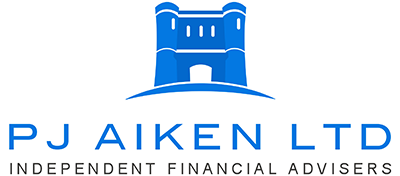While equity markets have broadly maintained stability so far this year, and in USA in particular new high levels are being established, certain negative factors led to a slightly weaker period towards the end of last month. These include the situation in Iraq which is of course potentially relevant to the supply and price of oil, in the USA the widespread and deeply severe winter weather had a very measurable impact on GDP figures for the first quarter while in the UK, the strength of Sterling in foreign exchange markets is beginning to have an impact on the overseas earnings, when translated back into Sterling, of a number of companies heavily involved overseas and in particular on those that do not ‘hedge’ against currency movements. Thus overall the last few weeks some equity markets have looked rather ‘range bound’.
As for fixed interest markets, conditions continue to tighten in the USA where the quantitative easing programme is continuing to slow while in the UK, moves have been taken to tighten conditions in the mortgage market although their impact at this stage looks set to be very limited. At some point, interest rates in both the US and the UK will begin to edge upwards, albeit probably only very moderately to begin with so indebted households, for example, most certainly will not be able to claim that they have had no time to prepare. All of this leads fixed interest investors in a continuing conundrum, particularly given that interest rates in the Eurozone are if anything still heading downwards. My conclusion is that fixed interest investors should expect returns to be limited to a rate of interest only over the next couple of years and that the days of capital growth within this area of markets are for now behind us.
Paradoxically, as economic activity begins to pick up in many key global economies (and here I include China because although the growth rate is not accelerating there at present, it continues to run at around 7% or a little over), investment judgements are harder to make than they were at the depth of the crisis in 2008/2009 when the outlook was grim but when asset prices were of course largely at rock bottom levels. Since then asset prices have for the most part recovered (except for commodities and in particular gold, the traditional safe haven in times of great difficulty) and forward judgements now depend on one’s view of the view of strength of recovery as opposed to, quite simply, whether or not there will be one. My conclusion is that recovery will continue and that conditions will gradually return to more normal levels. Against this background I continue to believe that equity markets offer decent potential for growth over the next say 3-5 years not withstanding issues that clearly still remain to be dealt with.

July 2024 Market Commentary